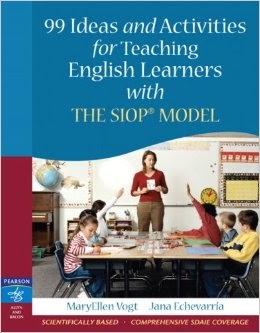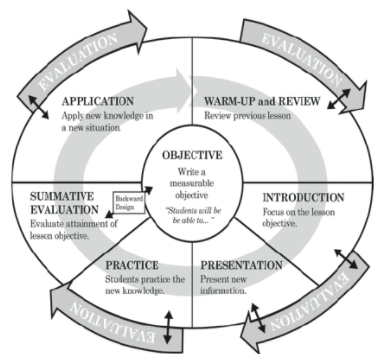INCREASING STUDENTS’ ACADEMIC LANGUAGE PROFICIENCY & MAKING CONTENT ACCESSIBLE


Using the SIOP model components, we identify, introduce, and emphasize content objectives and new vocabulary first. Clear pronunciation, gestures and body language, slower speech rate and sufficient wait time for student responses help support student understanding.
We provide different scaffolding techniques (think alouds, modeling, supplemental visual materials, hands-on activities, role play, conceptual maps, etc), so students can adapt the content language to their own level of proficiency. We focus on making the links between past learning and new concepts more explicit.
NEED FOR THIS METHODOLOGY?
- Increased number of English language learners in U.S. classrooms
- Mismatch between language needed for content, academic tasks, and students’ literacy levels
- Many Instructors are unprepared to adequately serve this population
- Sheltered instruction is “the method of integrating language development with techniques to make curricular topics more comprehensible” [Short, 2013, p. 119].
WHAT DOES IT ACHIEVE?
- Helps instructors plan and deliver lessons while sheltering the principles of our disciplines and the course proficiencies.
- Allows students to acquire academic content knowledge while working to improve language proficiency, course text literacy, and skills for navigating academia.
